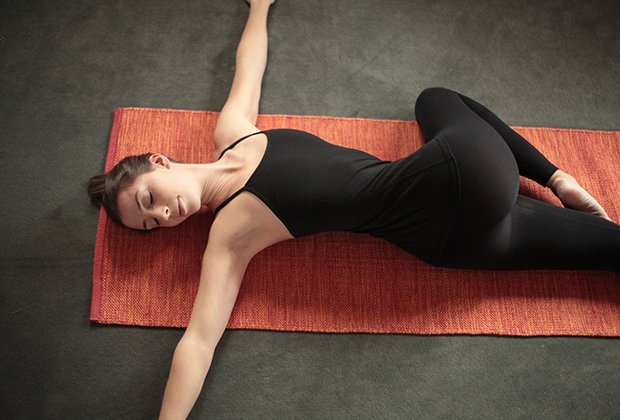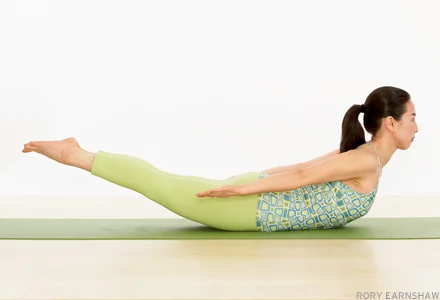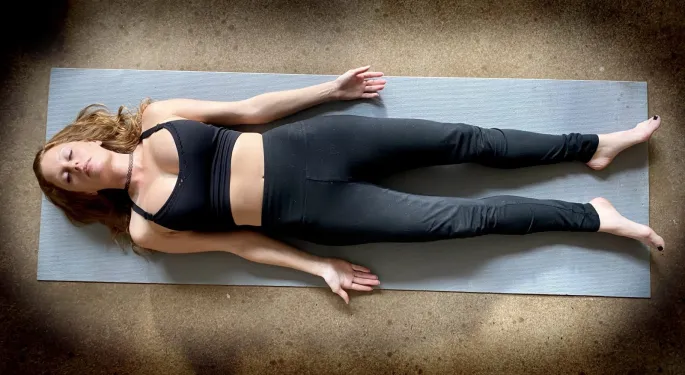
Essential Yoga Poses
Welcome to a journey of self-discovery and inner harmony through the practice of yoga. In this article, we will delve into the world of yoga poses, exploring how they can help you achieve mind-body balance and enhance your overall well-being. Whether you’re a beginner or an experienced yogi, there are poses that cater to every level and offer numerous benefits to your physical and mental health. So, grab your mat, take a deep breath, and let’s dive into the world of yoga poses together.
Key Takeaways:
- Yoga poses are a powerful tool for achieving mind-body balance and well-being.
- There are yoga poses suited for both beginners and advanced practitioners.
- Poses for flexibility, strength, and relaxation target different areas of the body.
- Incorporating yoga poses into your routine can enhance your overall wellness.
- Start with poses suitable for your level and progress gradually for optimal results.
Yoga Poses for Flexibility
Flexibility plays a crucial role in maintaining physical health and overall well-being. By incorporating specific yoga poses into your practice, you can effectively improve flexibility by stretching and lengthening your muscles. Regular practice of these poses can gradually enhance your flexibility, allowing you to move with ease and reduce the risk of injuries.
Here are some yoga poses that are particularly effective for enhancing flexibility:
Supta Matsyendrasana (Supine Spinal Twist)
This pose targets the spine, hips, and shoulders, helping to improve spinal flexibility and relieve tension in the lower back.
Matsyasana (Fish Pose)
The Fish Pose opens up the chest, stretches the hip flexors, and releases tension in the neck and shoulders, promoting flexibility in these areas.
Pigeon Pose
Pigeon Pose deeply stretches the hip flexors, glutes, and outer hips, increasing flexibility in the hips and improving overall lower body mobility.
Paschimottanasana (Seated Forward Bend)
This seated forward bend pose primarily targets the hamstrings and lower back, promoting flexibility in the posterior chain of the body.
By incorporating these yoga poses for flexibility into your practice, you can gradually enhance your range of motion and improve your overall physical well-being.
| Yoga Pose | Targeted Areas |
|---|---|
| Supta Matsyendrasana (Supine Spinal Twist) | Spine, hips, shoulders |
| Matsyasana (Fish Pose) | Chest, hip flexors, neck, shoulders |
| Pigeon Pose | Hip flexors, glutes, outer hips |
| Paschimottanasana (Seated Forward Bend) | Hamstrings, lower back |

Yoga Poses for Strength
Building strength is essential for maintaining a healthy body and preventing injuries. Yoga poses can help you strengthen your muscles, particularly those in the core, back, legs, and arms. By incorporating these poses into your practice, you can gradually increase your strength and improve your overall fitness.
Here are some effective yoga poses for building strength:
- Salabhasana (Locust Pose): This pose targets the muscles in your back and legs, helping to strengthen your spine and improve posture.
- Dhanurasana (Bow Pose): Bow Pose engages the muscles in your arms, legs, and back, enhancing your upper and lower body strength.
- Setu Bandha Sarvangasana (Bridge Pose): Bridge Pose activates the muscles in your core, glutes, and legs, providing strength and stability to your lower body.
These poses engage multiple muscle groups simultaneously, allowing you to strengthen your entire body. Consistent practice will gradually increase your strength over time.
To help you visualize these poses, here’s an image of Salabhasana (Locust Pose):

Now, let’s take a look at a table summarizing each pose and the specific muscle groups they target:
| Yoga Pose | Muscle Groups Targeted |
|---|---|
| Salabhasana (Locust Pose) | Back, glutes, hamstrings, calves |
| Dhanurasana (Bow Pose) | Arms, thighs, back, core |
| Setu Bandha Sarvangasana (Bridge Pose) | Core, glutes, hamstrings, quadriceps |
By incorporating these poses into your yoga routine, you can effectively improve your strength and overall physical fitness.
Yoga Poses for Relaxation
Relieving stress and promoting relaxation is an important part of achieving mind-body balance. Yoga poses can help calm the mind and relax the body, reducing stress levels and promoting a sense of tranquility. By incorporating specific yoga poses into your practice, you can create a serene and peaceful state, enhancing your overall well-being.
Here are some yoga poses that are particularly effective for relaxation:
- Savasana (Corpse Pose): This pose involves lying down on your back with your legs and arms relaxed by your sides. It allows for deep relaxation and restoration, helping to release tension in both the body and mind.
- Uttanasana (Forward Fold): In this pose, you fold forward to touch your toes, allowing for a gentle stretch in the back of the legs and the release of tension in the spine. It promotes a sense of calm and introspection.
- Apanasana (Knees-to-Chest Pose): This pose involves hugging your knees into your chest, gently compressing the abdomen. It helps to release pent-up tension and promote a sense of emotional and physical release.
By practicing these yoga poses regularly, you can encourage deep breathing, release tension in the muscles, and create a state of relaxation and inner peace. Remember to listen to your body and modify the poses as needed to suit your comfort level. Take a few moments to breathe deeply and fully immerse yourself in each pose, allowing the stress to melt away.
“Yoga is the journey of the self, through the self, to the self.”
– The Bhagavad Gita
Embrace the power of these yoga poses for relaxation and experience the profound benefits they can bring to your mind and body. Find moments of peace and serenity amidst the chaos of everyday life, and let yoga be your sanctuary.
Conclusion
Incorporating yoga poses into your wellness routine can have numerous benefits for your mind and body. By practicing different poses for flexibility, strength, and relaxation, you can enhance your overall well-being and achieve mind-body balance.
Starting with poses suitable for your level and gradually progressing as you build strength and flexibility is key. Embrace the power of yoga and embark on a journey to improve your mind-body harmony and enhance your overall wellness.
Remember, yoga is not just a physical exercise but a holistic practice that promotes a sense of calm, mindfulness, and self-awareness. As you explore various yoga poses, take time to connect with your breath and listen to your body’s needs. With patience and consistency, you will experience the transformative effects of yoga on your mind, body, and soul.
Frequently Asked Questions
1. What are some essential yoga poses for mind-body balance?
Essential yoga poses for mind-body balance include Supta Matsyendrasana (Supine Spinal Twist), Matsyasana (Fish Pose), Pigeon Pose, Paschimottanasana (Seated Forward Bend), Salabhasana (Locust Pose), Dhanurasana (Bow Pose), Setu Bandha Sarvangasana (Bridge Pose), Savasana (Corpse Pose), Uttanasana (Forward Fold), and Apanasana (Knees-to-Chest Pose).
2. Which yoga poses are effective for improving flexibility?
Some yoga poses that can help improve flexibility are Supta Matsyendrasana (Supine Spinal Twist), Matsyasana (Fish Pose), Pigeon Pose, and Paschimottanasana (Seated Forward Bend).
3. How can yoga poses help build strength?
Yoga poses such as Salabhasana (Locust Pose), Dhanurasana (Bow Pose), and Setu Bandha Sarvangasana (Bridge Pose) are effective for building strength in the core, back, legs, and arms.
4. Which yoga poses promote relaxation and stress relief?
Yoga poses that promote relaxation and stress relief include Savasana (Corpse Pose), Uttanasana (Forward Fold), and Apanasana (Knees-to-Chest Pose).
5. How do yoga poses contribute to overall wellness?
By practicing different poses for flexibility, strength, and relaxation, yoga can enhance overall well-being and achieve mind-body balance.
